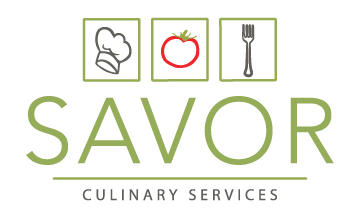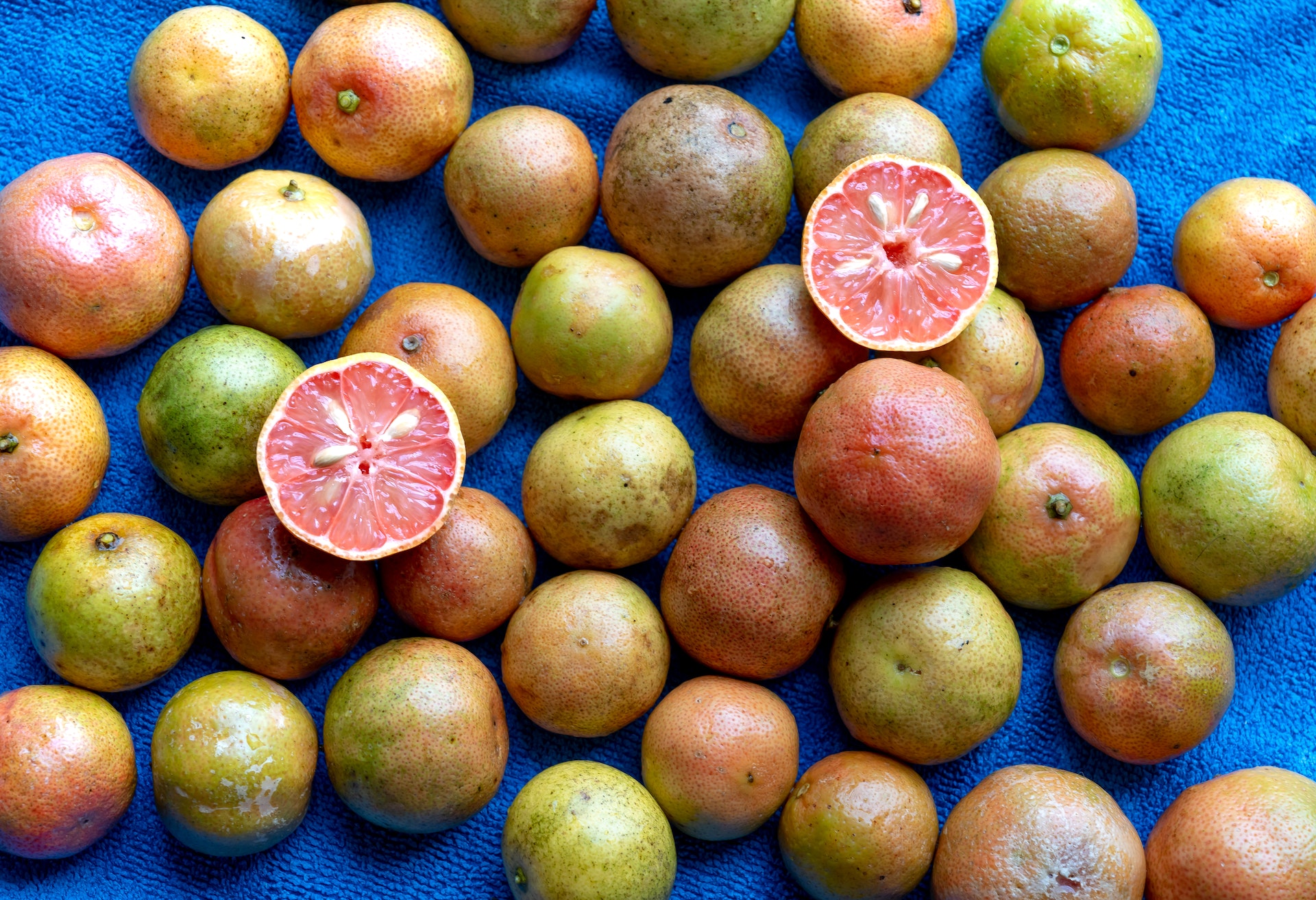Maintaining a balanced and nutritious diet is essential for optimal health and wellbeing. However, it can be challenging for those with food allergies and intolerance to achieve this goal. Food allergies and intolerances can make it difficult to choose foods that are not only healthy but also safe to eat. Fortunately, with a little planning and preparation, it is possible to maintain a balanced and nutritious diet while avoiding foods that cause allergic reactions or intolerance.
Identify food allergies and intolerances
The first step in maintaining a balanced and nutritious diet while avoiding food allergies and intolerance is to identify the foods that cause reactions. Keep a food diary to record what you eat and any symptoms you experience after eating. This will help you to identify any patterns and pinpoint the foods that may be causing your reactions. You can also consult an allergist or a dietitian to help identify any food allergies and intolerances.
Plan your meals
Once you have identified the foods that cause reactions, plan your meals accordingly. Avoiding certain foods can lead to nutrient deficiencies, so it is important to plan meals that include a variety of foods from all food groups. Include fruits, vegetables, whole grains, lean protein sources, and healthy fats in your meals.
Read food labels
When shopping for food, always read food labels carefully. Look for any potential allergens or ingredients that may cause intolerance. Many food labels now clearly indicate whether the product contains any common allergens, such as nuts, wheat, or soy. It is also important to check the ingredient list for any hidden sources of allergens or intolerance triggers.
Cook your meals at home
Cooking your meals at home gives you more control over what you eat and allows you to avoid potential allergens and intolerance triggers. When cooking at home, use fresh, whole ingredients and avoid processed foods as they may contain hidden allergens or intolerance triggers. Use separate cooking utensils and cutting boards for foods that may cause reactions, such as nuts or gluten.
Substitute allergenic ingredients
If you have a food allergy or intolerance, there are many substitutes available that can help you avoid allergenic ingredients. For example, if you are allergic to dairy, you can substitute milk with almond milk or soy milk. If you are intolerant to gluten, you can substitute wheat flour with almond flour or coconut flour. Many substitutes are available in health food stores and online, so experiment with different options to find what works best for you.
Pack your own food
If you are traveling or eating out, it is important to pack your own food to ensure that you are not exposed to potential allergens or intolerance triggers. Bring snacks and meals that are easy to transport, such as fruit, vegetables, and sandwiches made with allergen-free bread. If you are eating out, call ahead to the restaurant to ask about their menu options and if they can accommodate your dietary restrictions.
Educate others
It is important to educate others about your food allergies and intolerances to ensure that they are aware of your dietary needs. This can include friends, family members, and even coworkers. Teach them how to read food labels, explain what foods to avoid, and let them know what they can do to help you maintain a balanced and nutritious diet.
In conclusion, maintaining a balanced and nutritious diet while avoiding food allergies and intolerance requires planning, preparation, and education. Identifying potential allergens and intolerance triggers, planning meals, reading food labels, cooking at home, substituting allergenic ingredients, packing your own food, and educating others are all important steps in achieving this goal. With a little effort and dedication, it is possible to maintain a healthy and balanced diet while avoiding foods that cause allergic reactions or intolerance.

